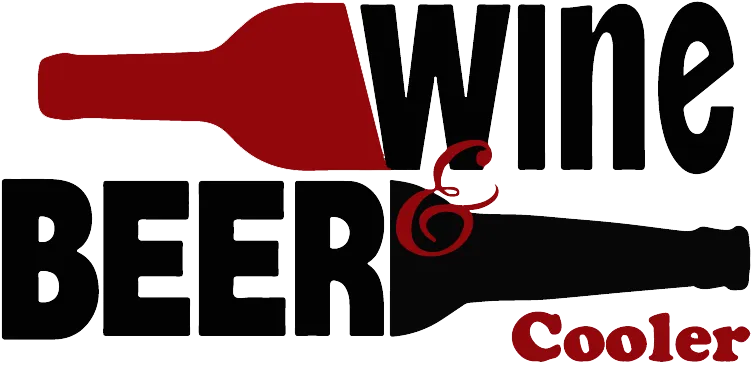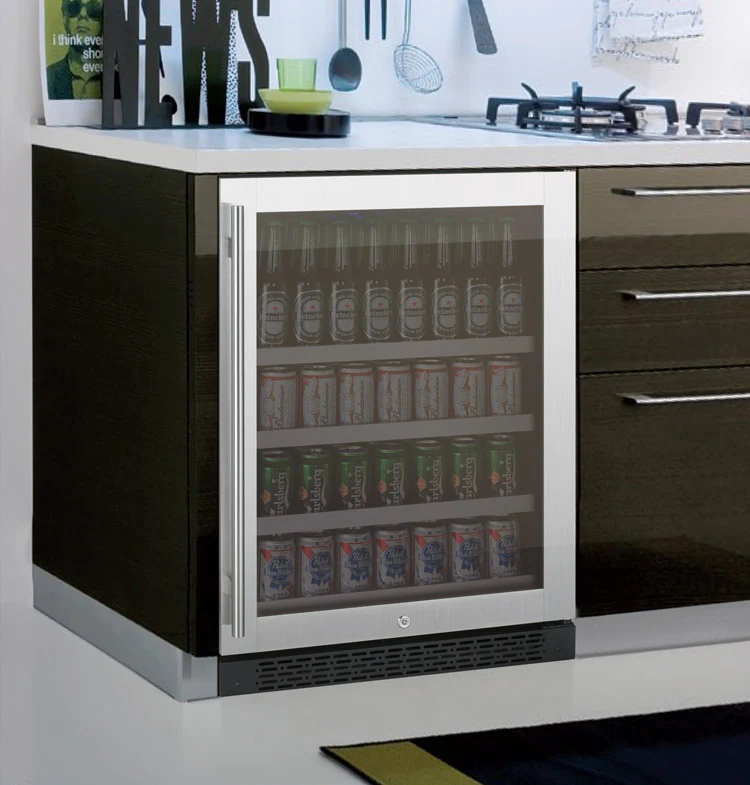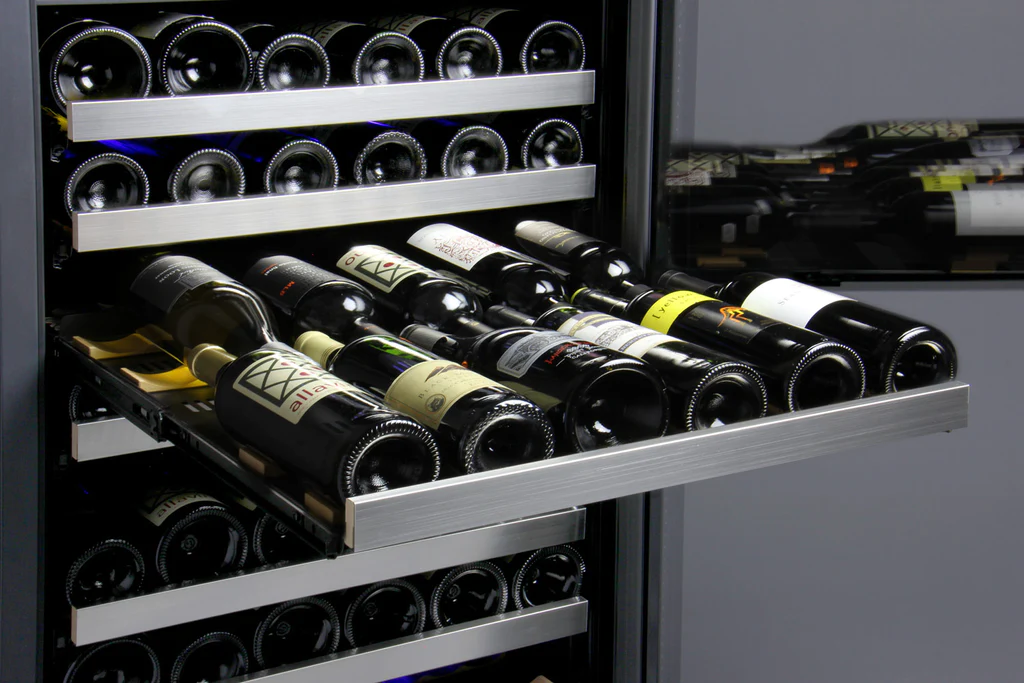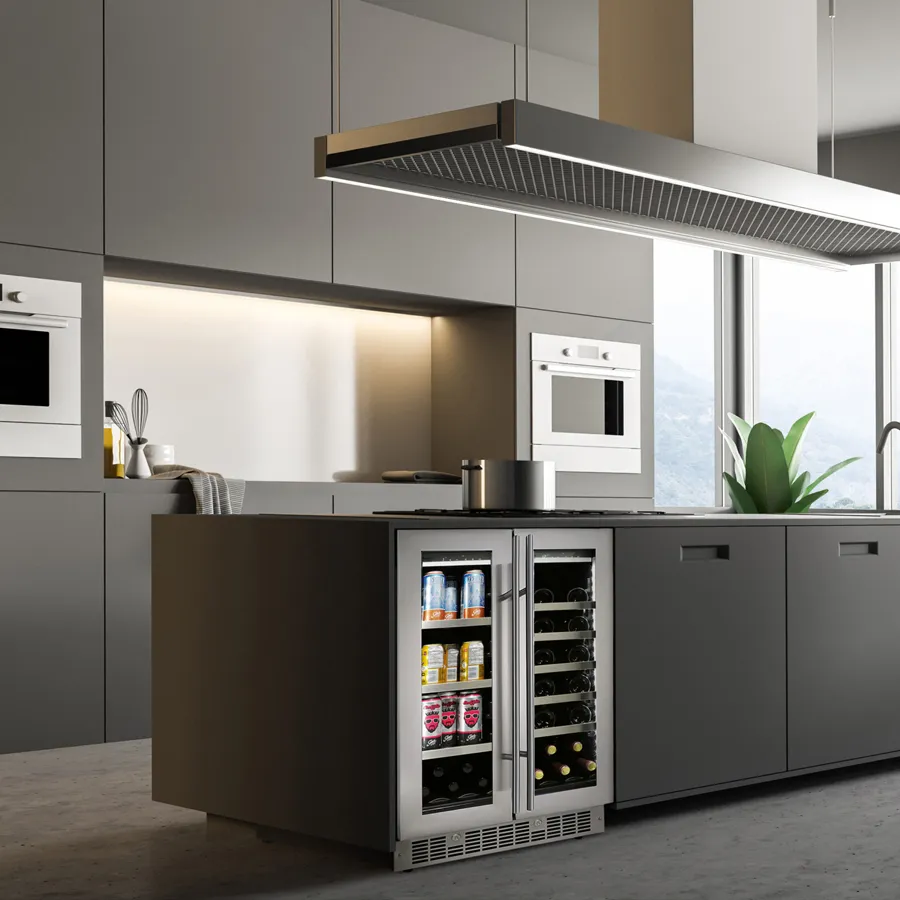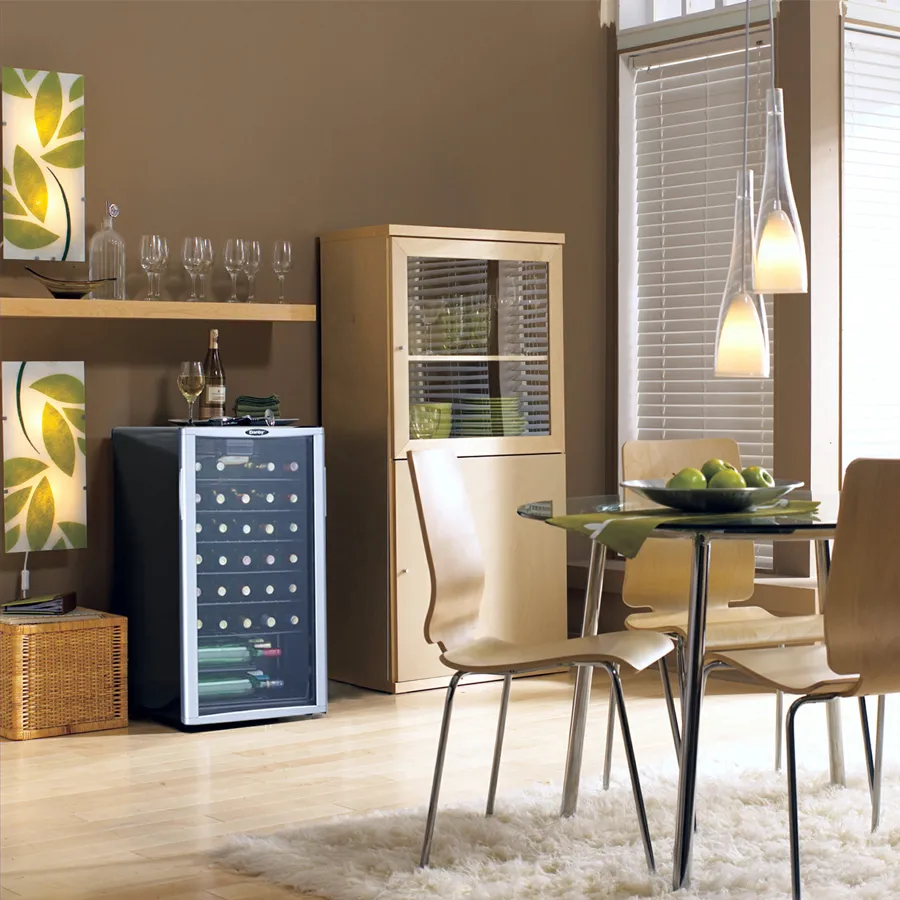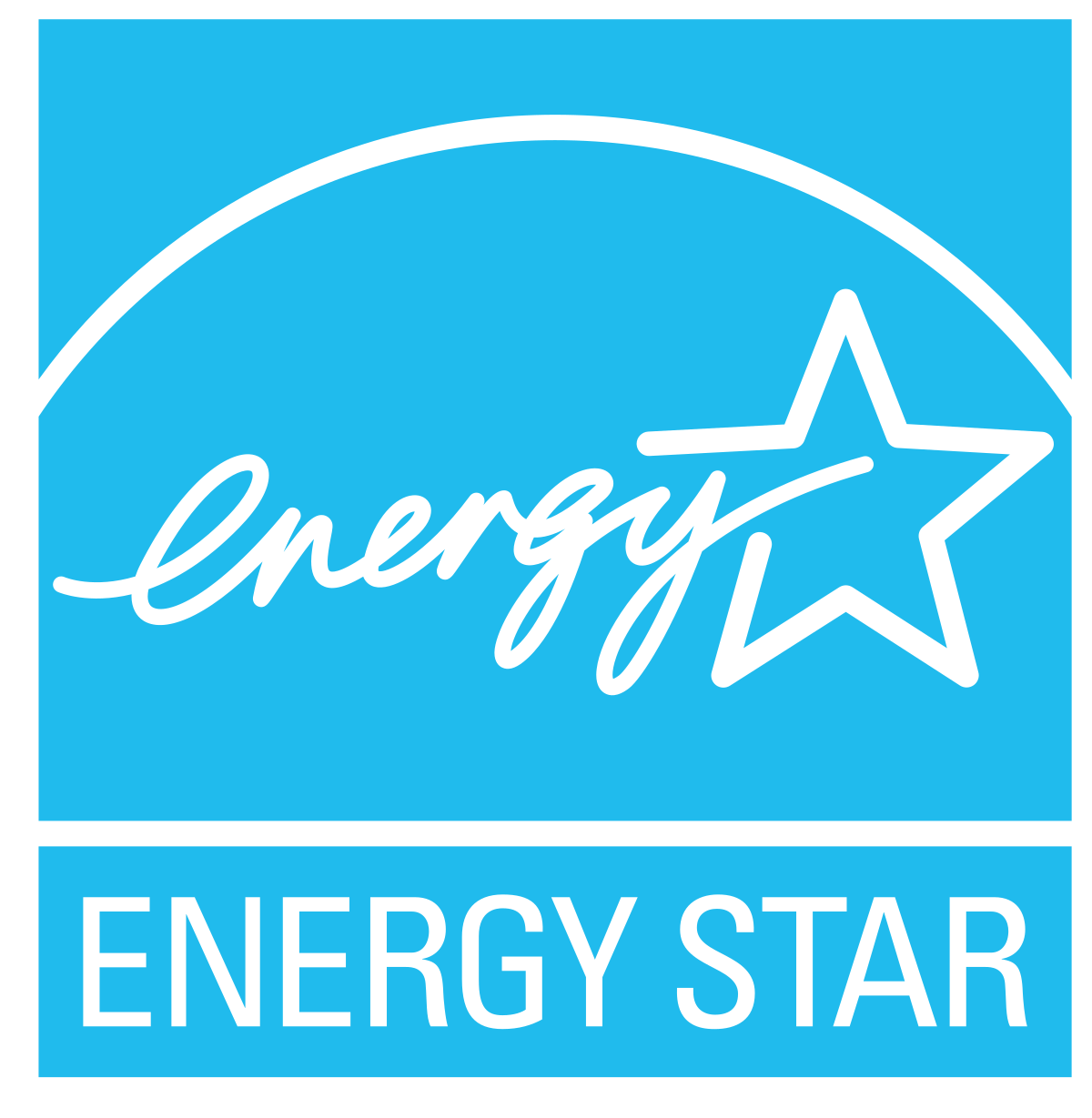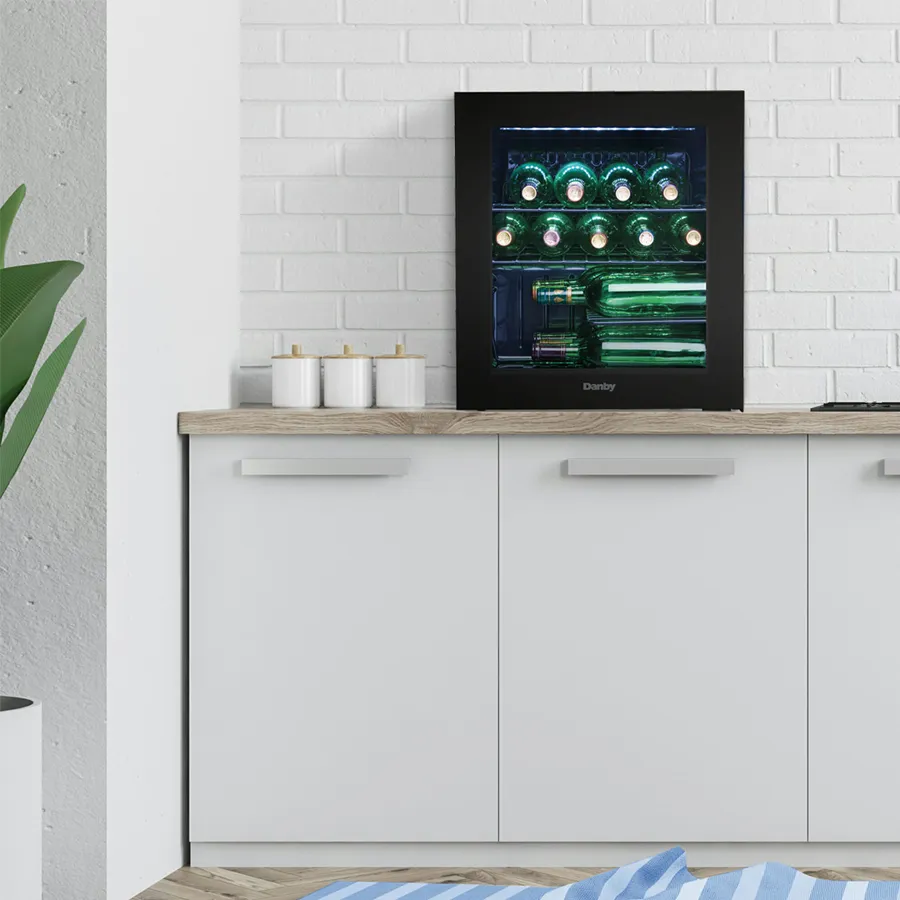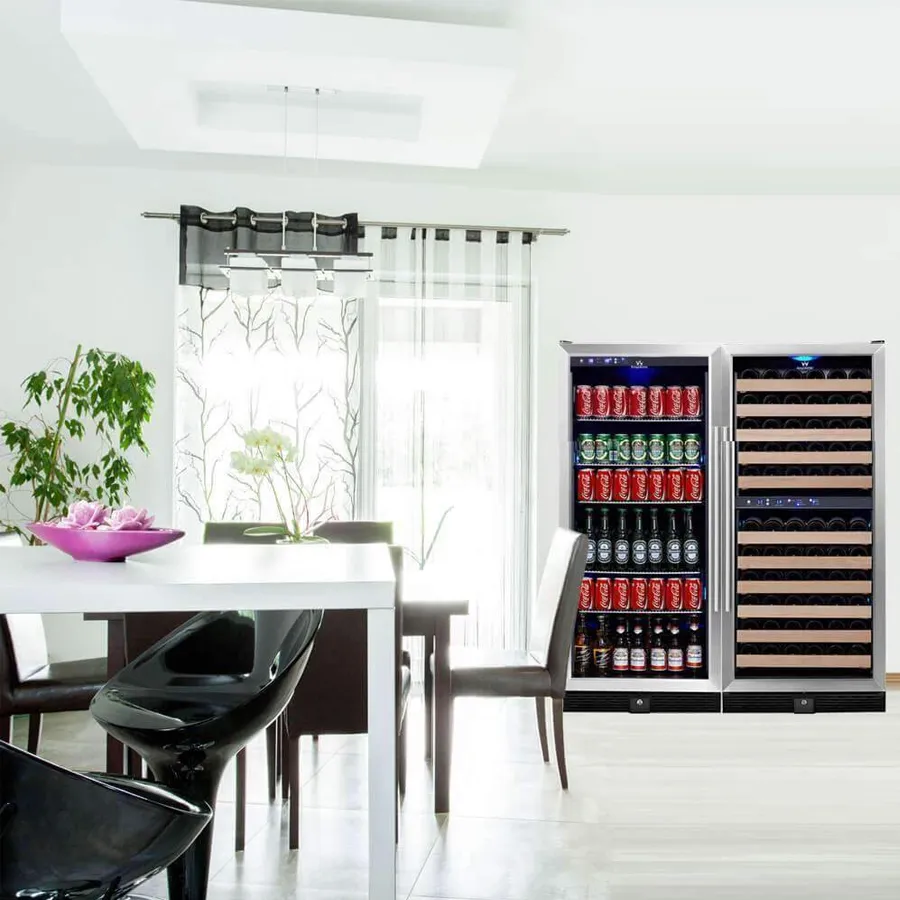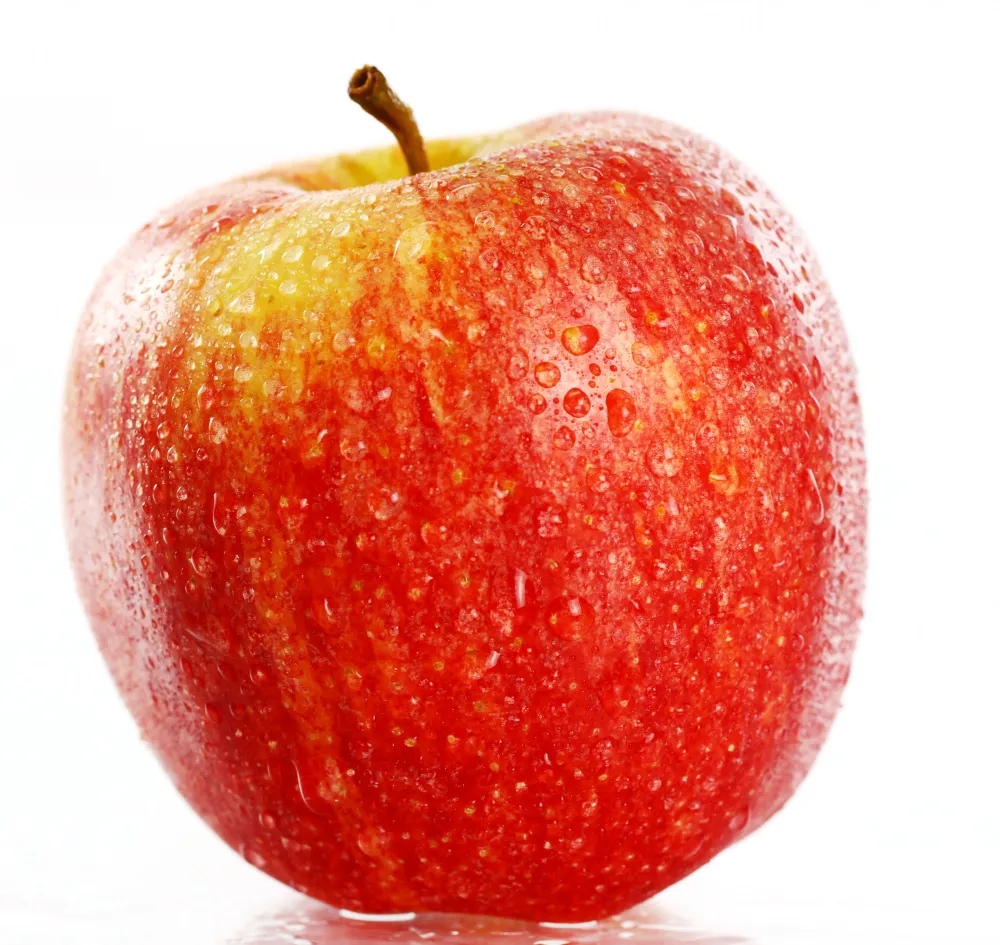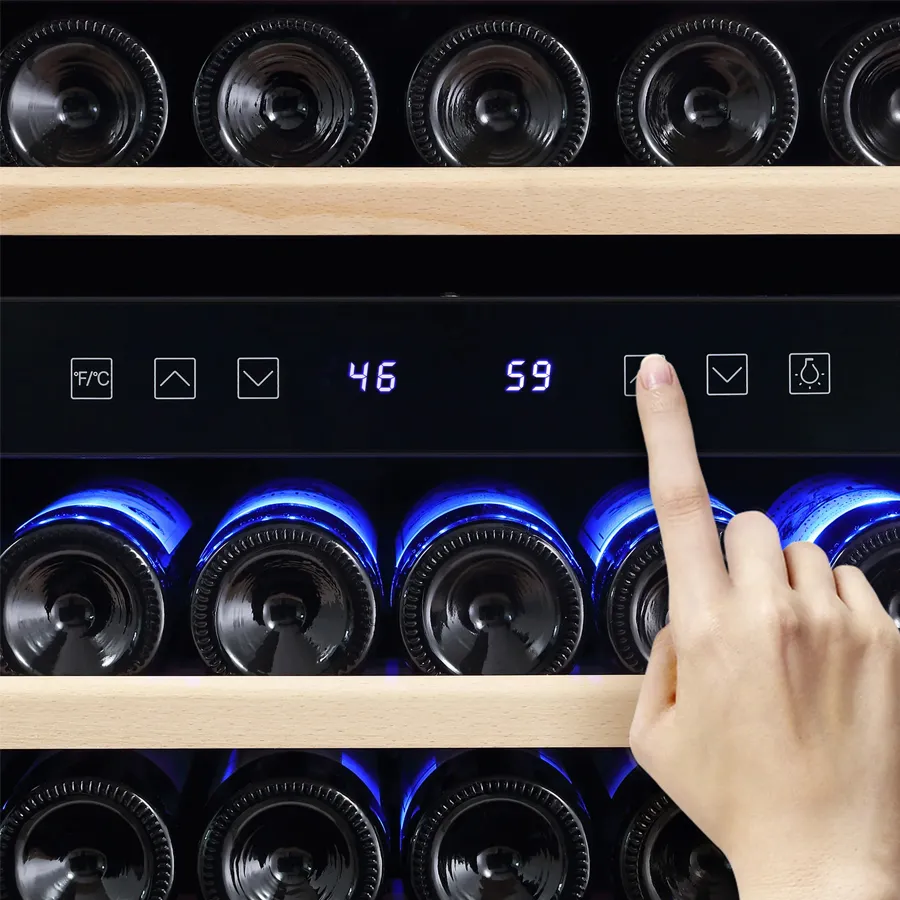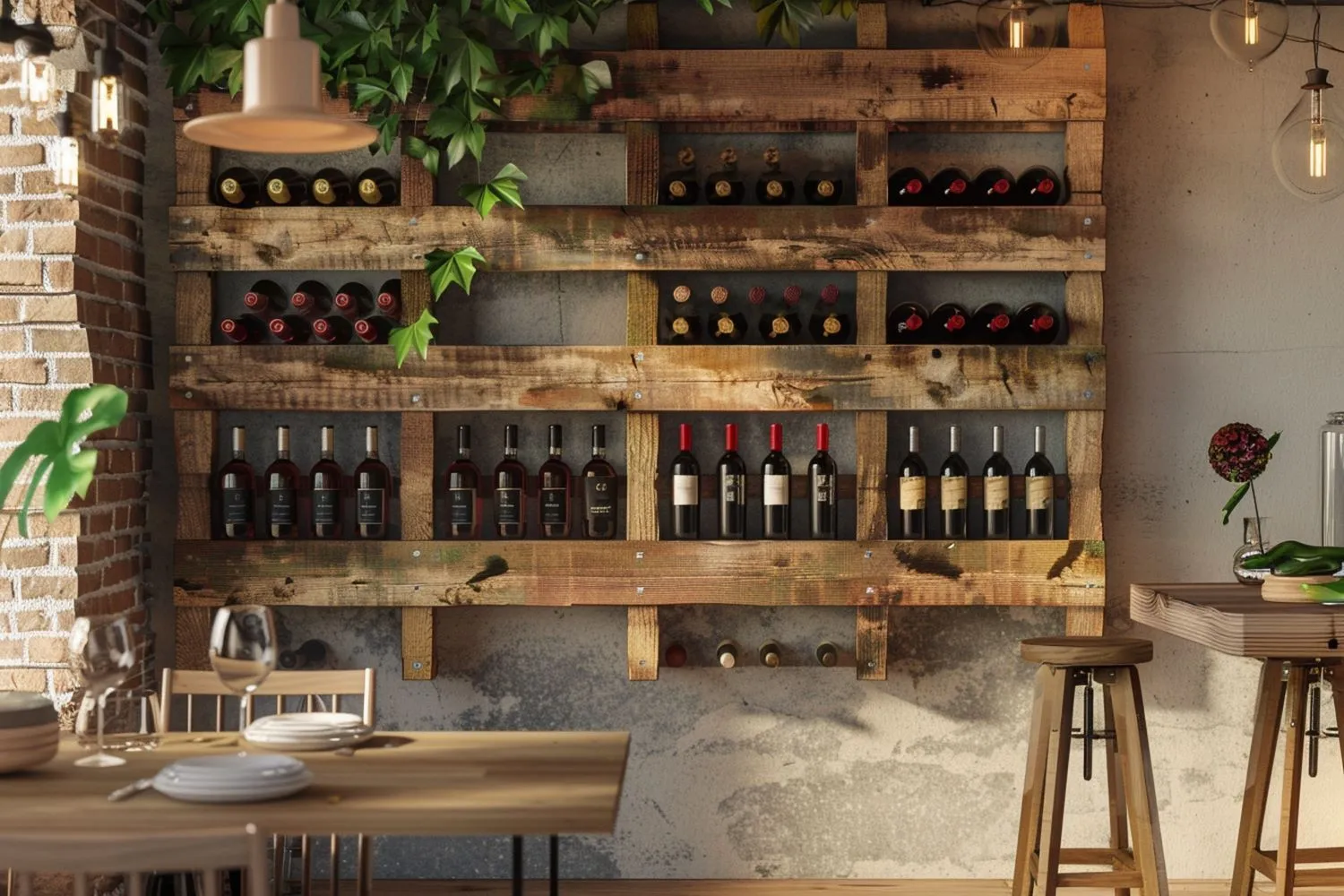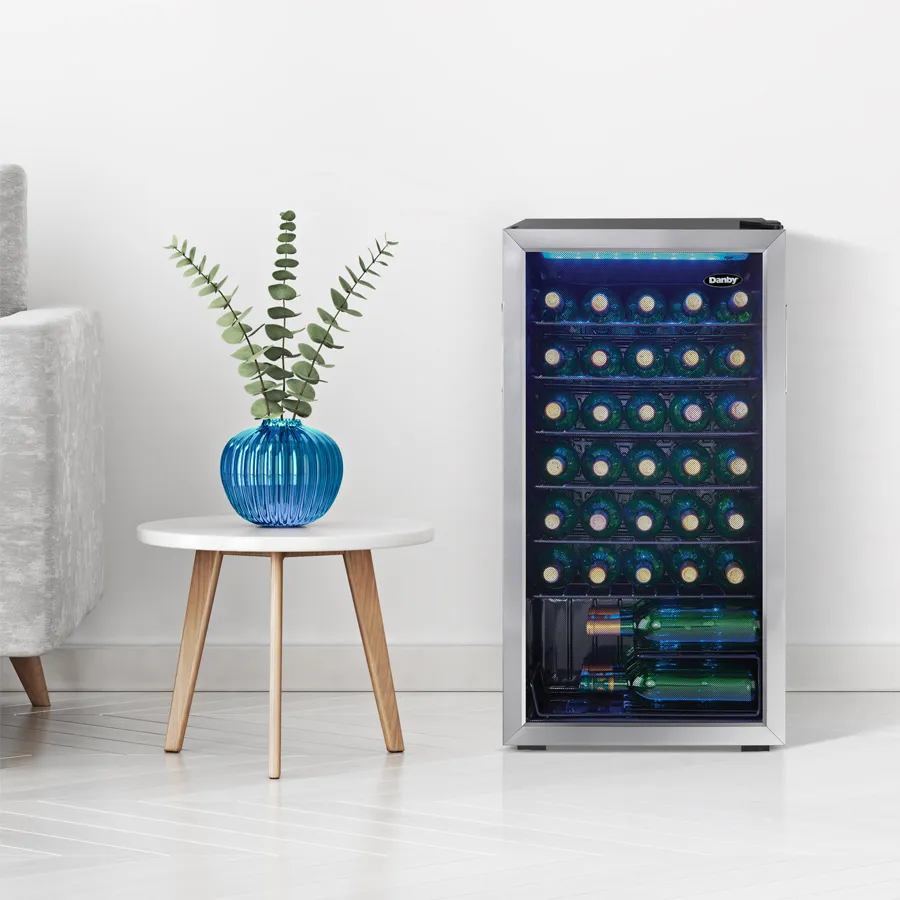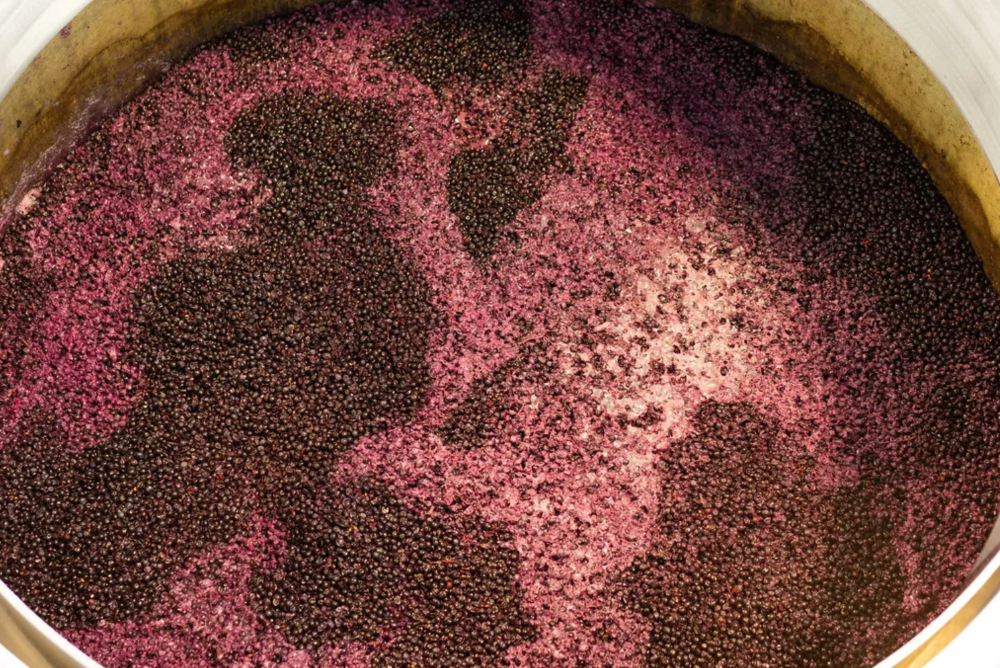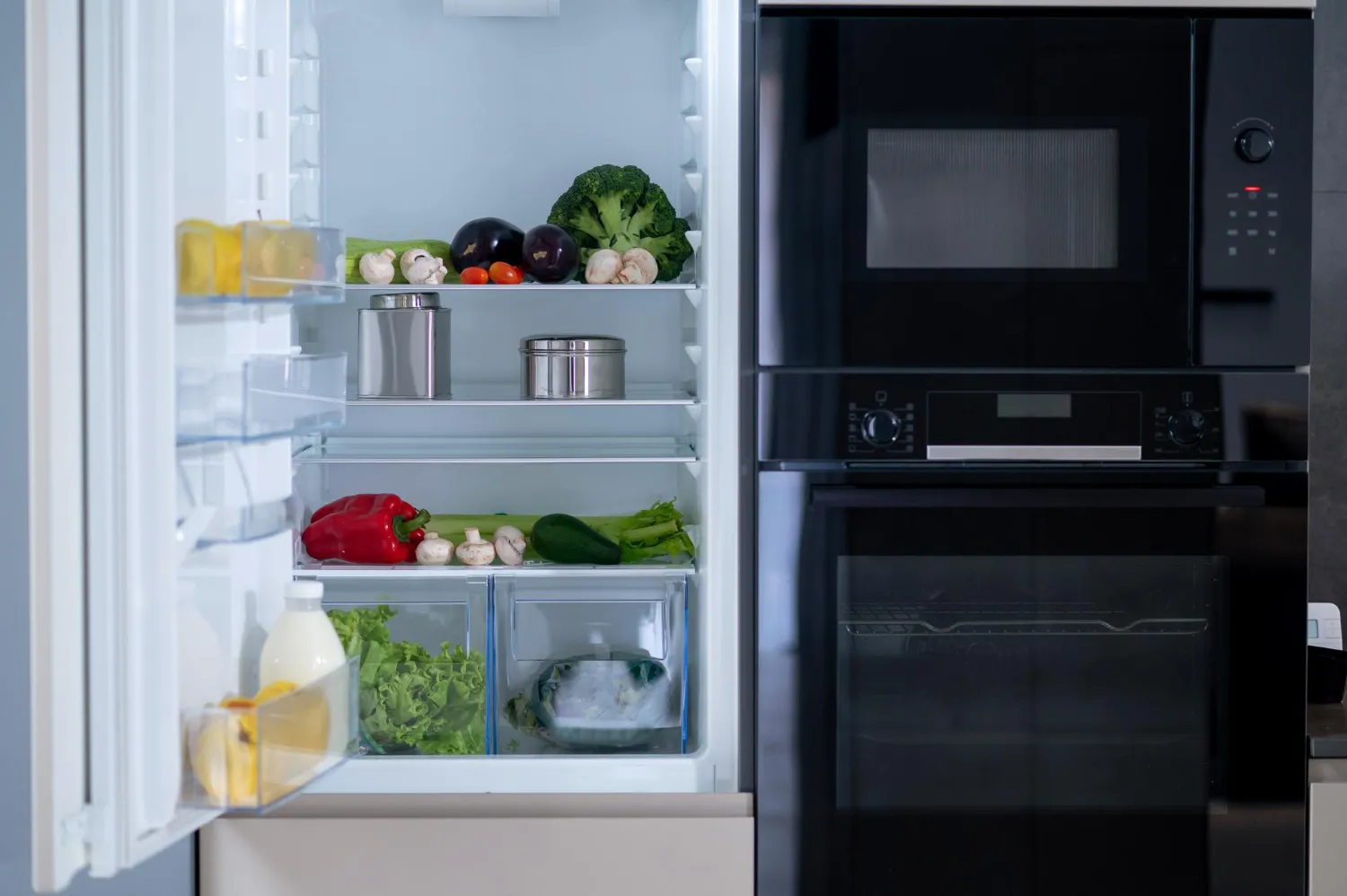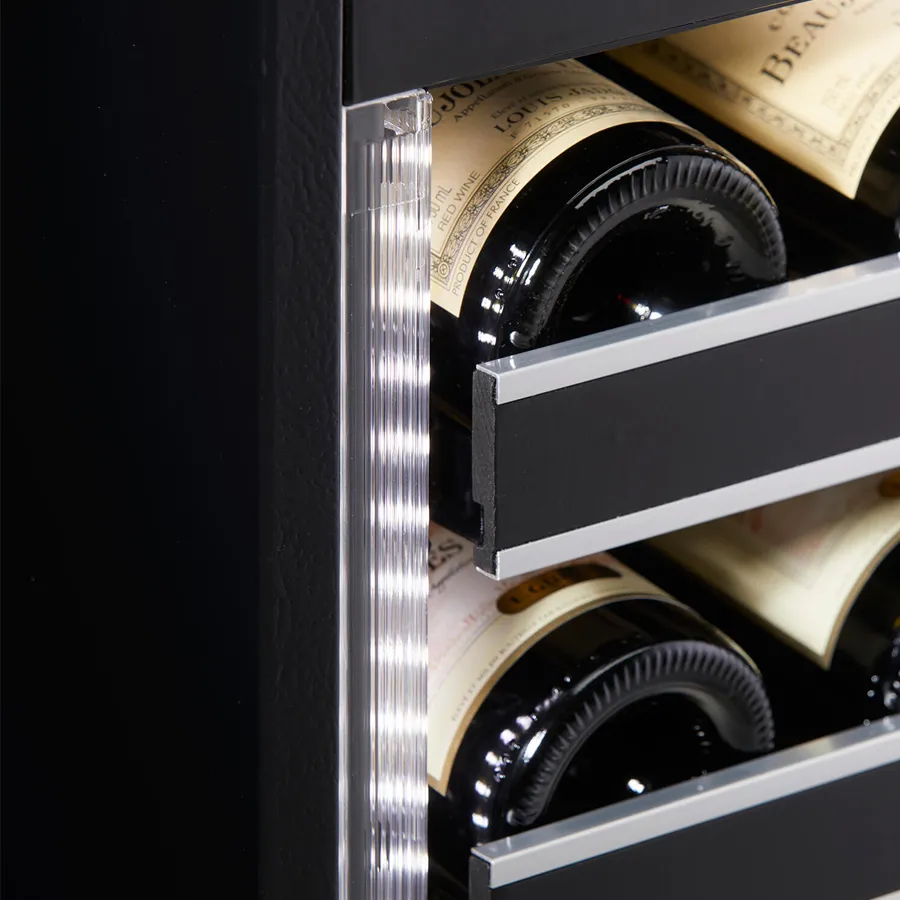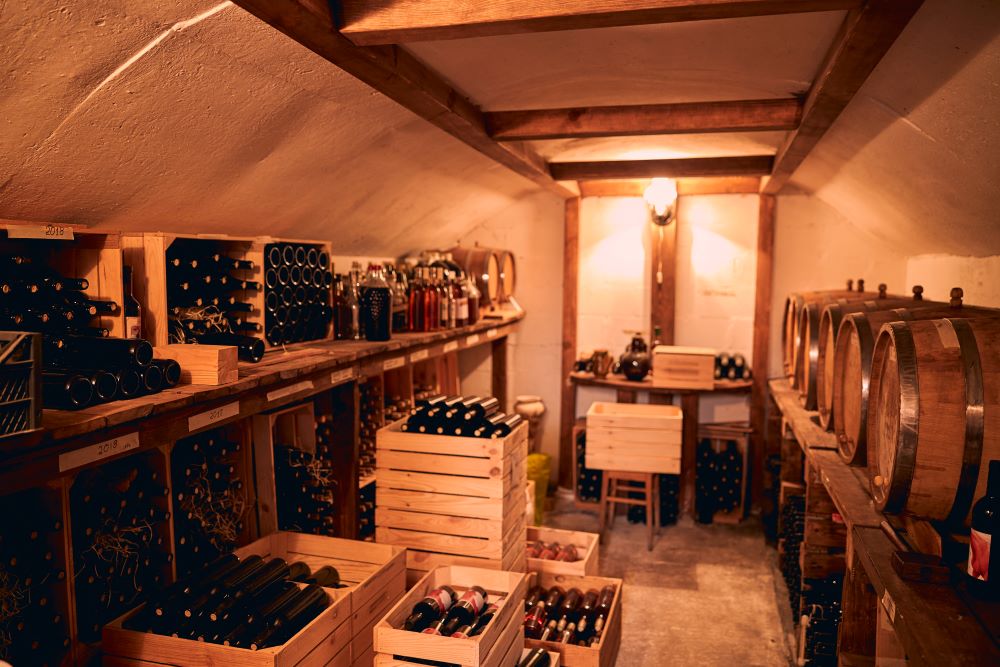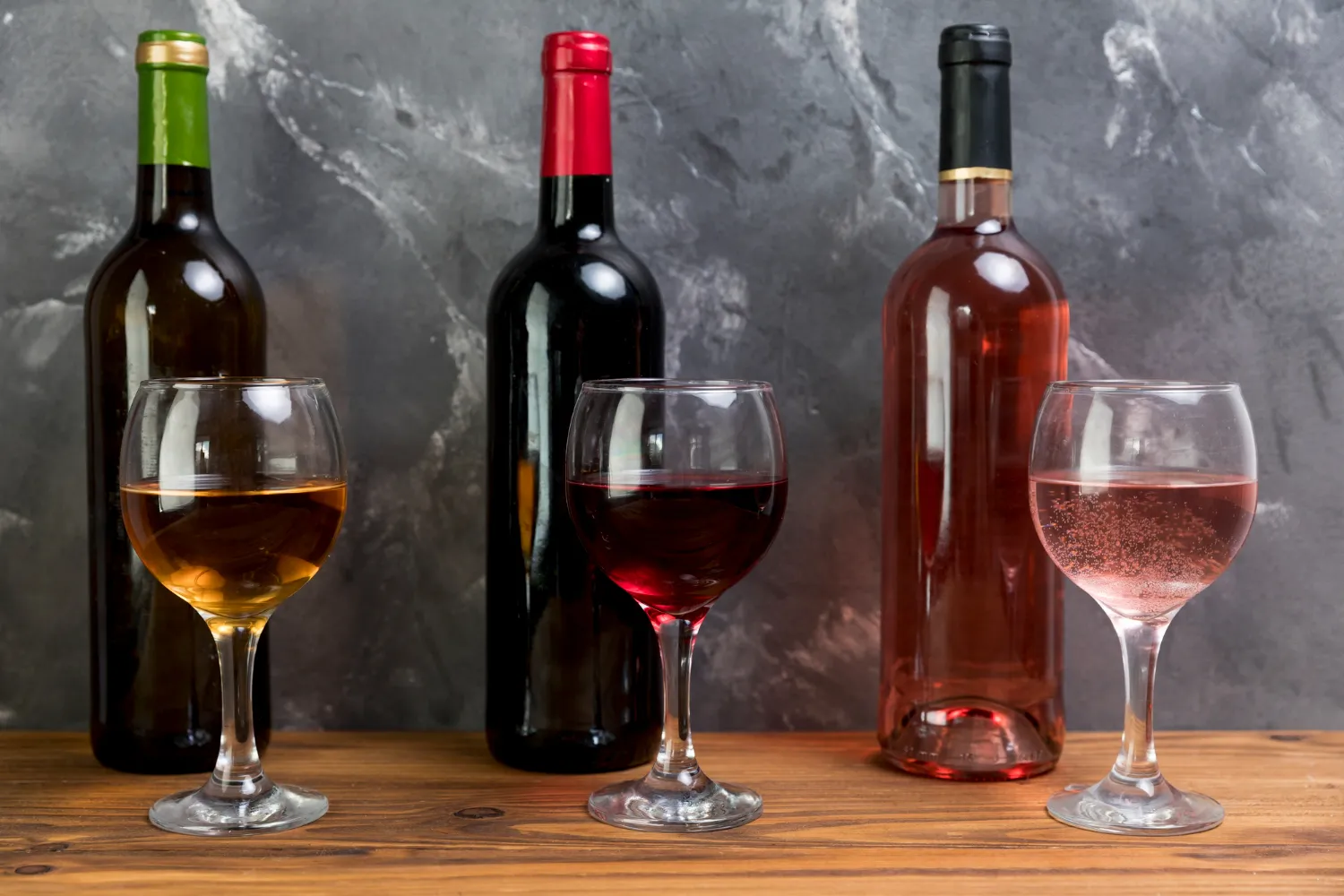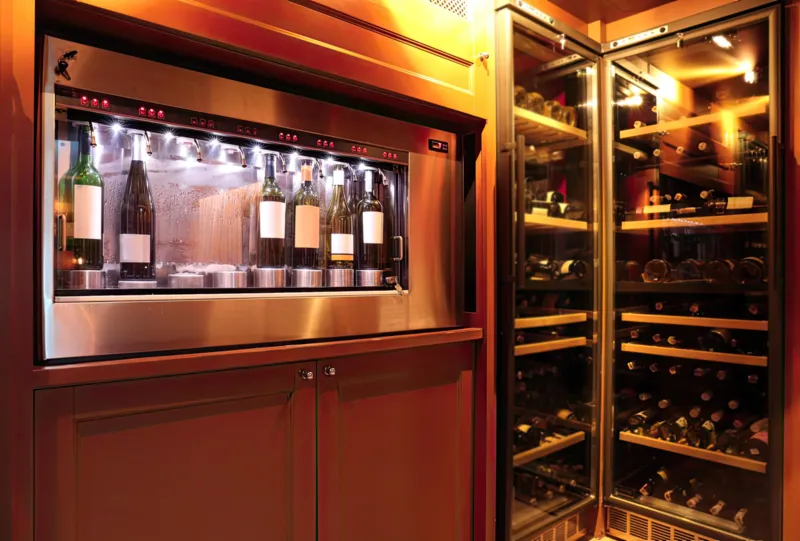Understanding the financial implications of operating a wine cooler is crucial in budgeting for your household expenses. The cost of running your wine cooler depends on various factors such as size, temperature settings, efficiency, and electricity costs. By calculating your wine cooler’s wattage, daily usage hours, and annual kWh consumption, you can gain insight into its running costs. To ensure efficient operation, keep your wine cooler away from sunlight, avoid blocking vents, maintain cleanliness, and avoid overfilling. By implementing these practical tips, you can optimize your wine cooler’s performance and minimize its energy consumption, thus lowering your overall expenses.
How to Calculate Your Wine Cooler’s Running Cost
To determine how much your wine cooler will cost to run, you can follow a simple calculation based on the unit’s wattage, daily usage hours, and annual usage. By understanding these factors, you can estimate the energy consumption and associated costs of operating your wine cooler.
About Your Unit’s Wattage
With wine coolers typically ranging between 85 and 240 watts, it’s important to identify the exact wattage of your specific unit. You can usually find this information on the product label located on the wine cooler itself. Knowing the wattage is imperative for accurately calculating the energy consumption and cost of running your wine cooler.
Estimating Energy Usage Over Time
Wine coolers operate based on various factors such as the unit’s temperature settings, efficiency, and usage patterns. By using the formula: Wattage (W) x Hours of Daily Usage x Days in a Year / 1000 = Annual kWh consumption, you can estimate the annual energy consumption of your wine cooler. This information enables you to understand the long-term energy costs associated with keeping your wine at the ideal temperature.
Factors Influencing the Cost to Run a Wine Cooler
Any wine cooler’s running costs are influenced by various factors. Understanding these factors can help you estimate how much it will cost to run a wine cooler in your home.
Energy Efficiency Rating (EER):
The energy efficiency of the wine cooler is a significant factor. Look for models with a high Energy Star rating or other energy efficiency certifications. Energy-efficient coolers generally consume less electricity, resulting in lower operating costs.
Size and Capacity of the Wine Cooler
Cooler size and capacity play a significant role in determining the cost to run a wine cooler. Generally, larger wine coolers with higher storage capacities will consume more energy compared to smaller ones. The size of the cooler impacts how much cold air needs to be circulated to maintain the set temperatures. Smaller wine coolers are more energy-efficient and cost-effective to run on a daily basis.
Temperature Settings and Their Impact
The impactof temperature settings can also influence the cost of running a wine cooler. Adjusting the temperature settings too low can lead to the cooler running constantly, increasing energy consumption. It is important to set the temperatures to optimal levels to ensure efficient operation and minimize running costs. Additionally, built-in features such as thermostatic controls can help regulate the temperature more effectively, leading to lower energy usage.
| Influencing Factors | Impact on Cost |
| Size and Capacity | Larger coolers consume more energy |
| Temperature Settings | Optimal settings reduce energy costs |
Location and Ambient Temperature:
Where you place the wine cooler matters. If it’s located in a warm area or near a heat source, the cooler has to work harder to maintain the set temperature, leading to increased energy consumption. Tips for optimizing the placement of your wine cooler to avoid overheating and reduce energy consumption include keeping it out of direct sunlight to prevent it from working harder to maintain the set temperature. Additionally, ensure there is proper ventilation around the cooler by not storing items on top or around the sides that can obstruct airflow.
Maintenance and Cleaning for Efficient Operation
Reducing energy costs for your wine cooler also involves regular maintenance and cleaning. By keeping the cooler clean, you ensure optimal performance and efficiency. Any dust or debris on the condenser coils can make the unit work harder to cool effectively, leading to higher energy consumption. Regular maintenance, such as cleaning coils, ensuring proper ventilation, and checking the door seals for leaks, can contribute to the efficient operation of the wine cooler. A well-maintained unit is likely to consume less energy.
Assume that understanding these factors will help you make informed decisions when it comes to estimating and managing the cost of running a wine cooler in your household.
